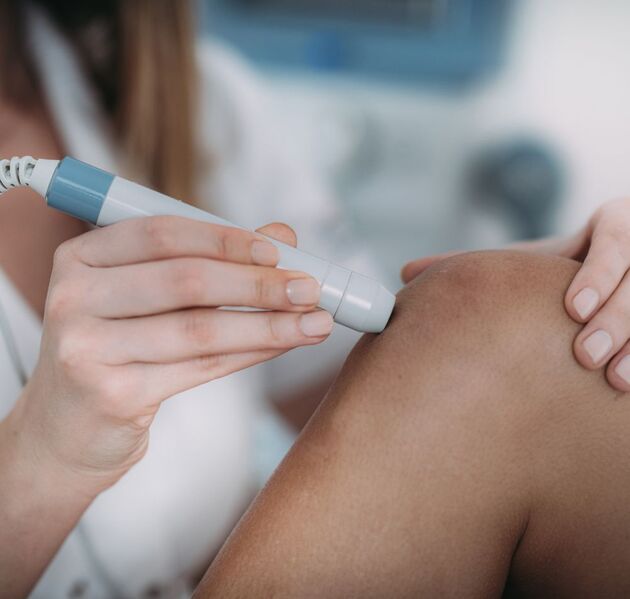Cold Laser Therapy

Modern medicine is seeing a novel approach in cold laser therapy, sometimes referred to as low-level laser therapy (LLLT) or photobiomodulation. Using low-intensity laser beams, this therapeutic approach maximizes body's cascade of healing responses. Its non-invasive character and adaptable uses make it an interesting path for tissue renewal, pain control, and overall well-being.
Intricacies of Cold Laser Therapy
Fundamentally, Cold Laser Therapy is the exact application of low-intensity light to specified body regions. These low-level beams, unlike high-powered surgical lasers, create non-thermal light that penetrates the skin without generating any heat or harm. The absorbed photons start a sequence of cellular events within tissues that stimulates their own healing systems.
Analyzing Interactions in Cells
Cold Laser Therapy's effectiveness stems on the interaction of light photons with biological components—mostly the mitochondria. Called photobiomodulation, this connection stimulates increased mitochondrial activity, hence improving cellular metabolism and ATP generation. Tissue repair, inflammation reduction, and microcirculation improvement all depend on this explosion of cellular energy.
Versatility in Healthcare Applications
Cold Laser Therapy claims a broad spectrum of uses in many different medical fields. In pain management, it provides comfort and accelerates healing from diseases including osteoarthritis, tendinopathies, and acute traumas. Especially for slow-healing or chronic wounds, its ability to reduce inflammation and promote tissue regeneration makes it a great help in wound treatment. Its therapeutic range also covers dermatological diseases, dental work, and neurological rehabilitation, thereby highlighting its several application in many other spheres of medicine.
Therapeutic Experience: Comfortable and Targeted
For patients, a Cold Laser Therapy appointment offers a non-invasive, painless experience. Usually covering several minutes to half an hour, the targeted treatment area is exposed to the low-level laser light for a predetermined period. Patients' perception of a modest warmth or none at all during the session guarantees a relaxed and comfortable treatment environment.
Distinctive Advantages: Nurturing Non-Invasive Healing
Cold Laser Therapy presents different benefits than more traditional methods. Its attractiveness is highlighted by its non-invasive character, lack of appreciable side effects, and avoidance of drugs or intrusive operations. Moreover, its focused approach, which directly influences impacted areas and supports natural healing mechanisms, confirms its alternative or complementary nature in modern treatment models.
Future Trajectories: Advancements and Expansions
Constant photobiomodulation research opens the field of Cold Laser Therapy even more. Changing technology and a better knowledge of cellular reactions to light treatment signal a time of almost unlimited opportunities. Delivery system and treatment protocol innovations seek to maximize therapeutic results, therefore extending their uses across many medical disciplines.
Cold Laser Therapy is the perfect example of innovation in medicine since it opens the path for significant healing reactions. Its key importance in promoting well-being and a qualistically enhanced life is shown by its skill in using low-level laser light to energize healing systems, soothe pain, and maintain a non-invasive approach.


